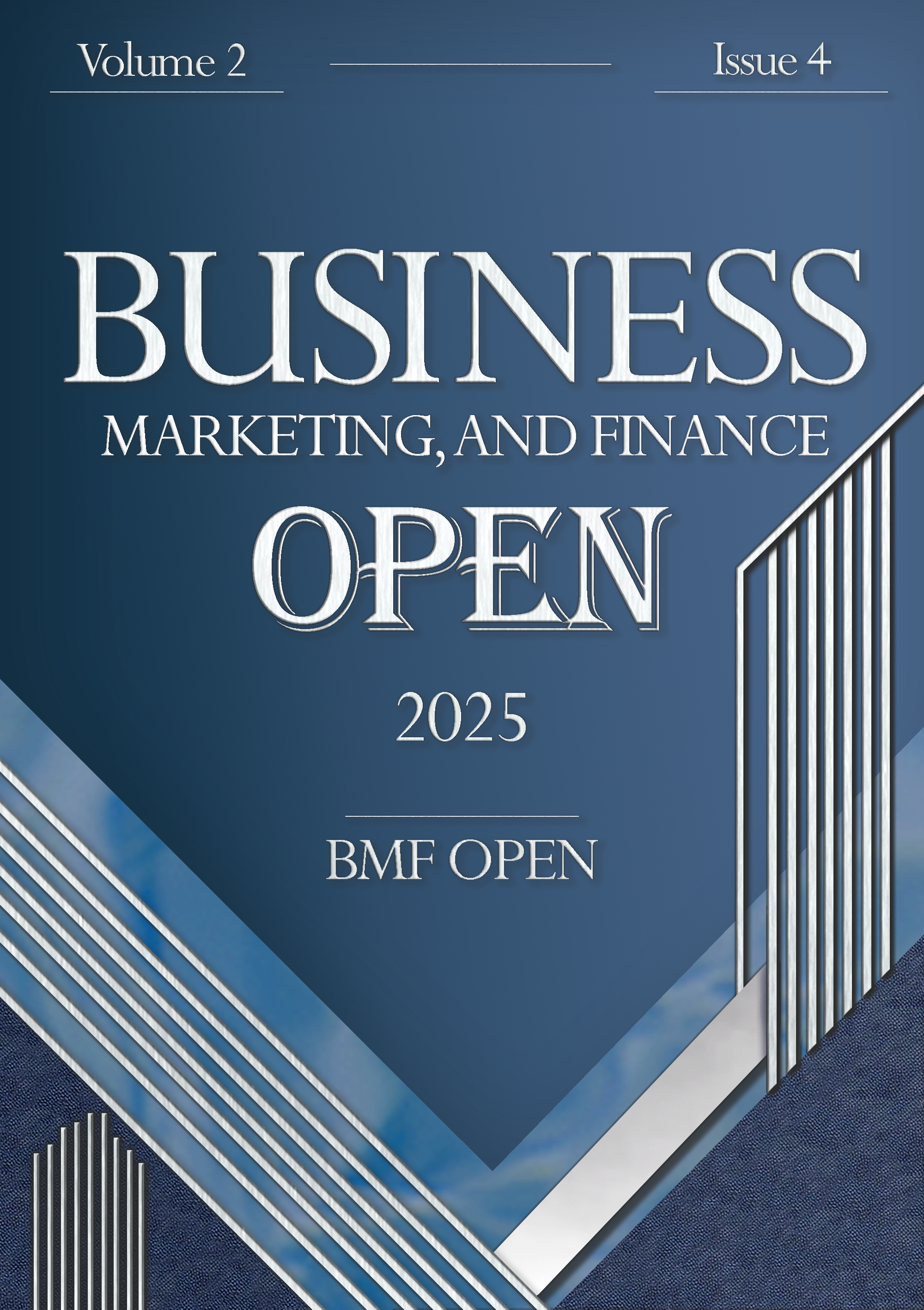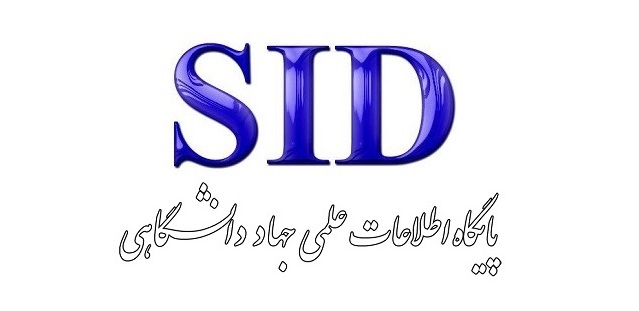Study of Fuzzy Logic to Estimate the Size of the Underground Economy in Iran
Keywords:
Underground economy, economic sanctions, fuzzy logic, fuzzy inference system, autoregressive distributed lag modelAbstract
The presence of underground economic activities in a society constitutes a major source of social and economic dysfunction. Operating through opaque and unregulated channels, these activities undermine the effectiveness of social and economic policies, contribute to fiscal and monetary imbalances, and distort policy outcomes. Furthermore, economic sanctions imposed on Iran—beginning with the Islamic Revolution and intensifying in recent years—have posed significant challenges to the country's economy, influencing both domestic and international economic dynamics. Accordingly, this study employs a multi-stage fuzzy modeling approach to estimate the size of Iran’s underground economy during the period 1991–2024. Utilizing Iranian time series data, the study also introduces a composite index of sanctions by quantifying and weighting various historical sanctions. These sanctions are incorporated into an Autoregressive Distributed Lag (ARDL) model as dummy variables to evaluate their effect on the underground economy. The findings indicate that the average size of the underground economy in Iran during the study period was approximately 37 percent of GDP. In the short-term analysis, weak sanctions were found to have no statistically significant effect on the underground economy, whereas moderate and strong sanctions exhibited positive and significant effects, with coefficients of 0.056 and 0.86, respectively. The long-term analysis revealed that weak and strong sanctions had no significant impact, while moderate sanctions were associated with a positive and statistically significant effect, with a coefficient of 0.72.
References
Z. Sepidbar, Y. Mohammadzadeh, and V. Nikpey Pesyan, "Analysis of the effect of entrepreneurship index on employment in Iranian provinces: Spatial econometric approach," (in eng), The Economic Research (Sustainable Growth and Development), vol. 24, no. 1, pp. 285-311, 2024, doi: 10.22034/24.1.285.
M. Rahnejat, "Economic diplomacy and national branding in the foreign policy of the 13th government," Strategic Studies of public policy, vol. 14, no. 50, pp. 104-123, 2024. [Online]. Available: https://www.google.com/url?sa=t&source=web&rct=j&opi=89978449&url=https://sspp.iranjournals.ir/article_714635_36335cf947b66469f48c9df8f5403389.pdf&ved=2ahUKEwjfsv3l1fWJAxW7QvEDHb7FOxUQFnoECBcQAQ&usg=AOvVaw1oEQt5se244yUxnDtUIbmb.
M. Arman Mehr and A. Farahmand Manesh, "Studying the Effect of Price Changes on the Welfare of Urban Households Disaggregated by Income Deciles and Commodity Groups," (in fa), Economical Modeling, vol. 11, no. 39, pp. 49-74, 2017.
F. Paimaneh, M. Zayandehroudi, and M. Jalaei, "Identifying and Explaining the Impact of Competitiveness and Knowledge-Based Economy Indicators on the Resilience of Iran's Economy," Applied Economic Theories, vol. 11, no. 1, pp. 207-240, 2024.
F. M. Meymand, "Economic Barriers to Prevent the Smuggling of Health Goods in Iran," BMJ Global Health, vol. 9, no. 6, p. e015090, 2024, doi: 10.1136/bmjgh-2024-015090.
M. S. Karimzadeh, M. Naderinasab, M. Taheri, and S. A. Biniyas, "Identification and Analysis of Factors Influencing the Development of Sports in the Islamic Republic of Iran's Army Using Foresight Methodology (Focusing on Health and Lifestyle)," International Journal of Sport Studies for Health, pp. 1-11, 10/01 2024. [Online]. Available: https://journals.kmanpub.com/index.php/Intjssh/article/view/2634.
A. Jan, M. Ramzan, and S. H. Kamboyo, "An Analytical Investigation of Politico-Economic Effects of Gwadar and Chabahar Ports on Pak-Iran Relations," J. Asian Dev. Studies, vol. 13, no. 1, pp. 219-228, 2024, doi: 10.62345/jads.2024.13.1.19.
M. Eyshi Ravandi, M. Moeinaddin, A. Taftiyan, and M. Rostami Bashmani, "Investigating the Impact of Investor Sentiment and Liquidity on Stock Returns of the Iranian Stock Exchange," (in en), Dynamic Management and Business Analysis, vol. 3, no. 1, pp. 40-52, 2024, doi: 10.22034/dmbaj.2024.2038046.1068.
E. Ebrahimi, Z. Zarei, and M. Hemmati, "Feasibility of Implementing and Deploying Inflation Targeting Regime in Iran's Economy," Scientific Quarterly of Islamic Economics and Banking, no. 46, pp. 95-117, 2024.
Z. Ali Turk, A. A. Daryai, and H. Mohammadi Khoshuyi, "Macroeconomic Instability, Good Governance Indicators, and Profit Management in the Iranian Capital Market," Journal of Financial Accounting, vol. 11, no. 42, pp. 129-159, 2024.
S. Zarghami, L. K. Kaleji, and M. Abhari, "Resilience Analysis of the Local Communities From a Political Economy Perspective in Zanjan, Iran," Scientific Reports, vol. 13, no. 1, 2023, doi: 10.1038/s41598-023-46838-x.
Z. Vatani, M. Zamaniyan, and J. Soltan Ahmadi, "An Economic-Comparative Analysis of the Efficient Breach Theory with Contractual Liability in Iranian, French, and Common Law," Judicial Legal Perspectives Quarterly, vol. 28, 2023.
S. Vasfi Esfestani, A. Abolhasani Hestiani, and M. Amini Milani, "Examining the Effects of Financial Sanctions on the Composition of Production Inputs in Iran: A Computable General Equilibrium Approach," Applied Economic Theories, vol. 10, no. 3, pp. 35-66, 2023.
A. Tazin, "Economic Functions of Alimony in Iranian Families," Comparative Studies Quarterly, 2023.
B. Shaygani, A. R. Aghbali, and E. Zarrini, "Identifying the Factors Affecting Business Cycles in the Iranian Economy: A Quantile Regression Approach," Beta Stability Economics, vol. 4, no. 2, pp. 112-145, 2023.
M. Shahmohammadi and R. Ghadimi, "Presenting a human resource supply model in Islamic republic of Iran whit emphasis on the armed forces in the next decade," (in en), Military Science and Tactics, vol. 18, no. 62, pp. 5-40, 2023, doi: 10.22034/qjmst.2023.557865.1743.
R. Varshavi, M. E. Mohammad Porzarandi, and S. Z. Hashemi, "Formulating a Suitable Strategy For a Car Parts Manufacturing Company (Case Study: Kosha Afarin Ideal Car Industries Company)," Dynamic Management and Business Analysis, vol. 2, no. 4, pp. 94-111, 2024, doi: 10.22034/dmbaj.2024.2035823.1038.
R. K. Edeme and C. J. Okafor, "Exchange Rate Fluctuations and Household Welfare in Nigeria," Journal of Empirical Finance, vol. 1, pp. 384-401, 2017.
C. H. Law and S. V. Soon, "The Impact of Inflation on Income Inequality: The Role of Institutional Quality," Applied Economics Letters, vol. 27, no. 21, pp. 1735-1738, 2020, doi: 10.1080/13504851.2020.1717425.
E. R. Mara, "Drivers of the Shadow Economy in European Union Welfare States: A Panel Data Analysis," Economic Analysis and Policy, vol. 72, pp. 309-325, 2021, doi: 10.1016/j.eap.2021.09.004.
F. Schneider and D. Enste, "Shadow economies: Size, causes, and consequences," Journal of Economic Literature, vol. 38, pp. 77-114, 2020, doi: 10.1257/jel.38.1.77.
S. Kyle and A. Warner, "The Shadow Economy in Bulgaria," Harvard University, 2020.
H. Horry, S. A. Jalae, and M. Lashkari, "Investigation the Effect of Business Cycle on the Index of Economic Well-being in Iran," (in fa), Iranian Journal of Economic Research, vol. 25, no. 82, pp. 149-172, 2020.
A. Haghnejad and M. Farahati, "The Relationship between Economic Growth, Energy Consumption and Shadow Economy in Iran," (in fa), Journal of Iranian Economic Issues, vol. 7, no. 2, pp. 89-120, 2020.
B. S. Frey and F. Schneider, "Informal and underground economy," Department of Economics, Johannes Kepler University of Linz, 2020, vol. 4.
Y. Bilan, H. Mishchuk, N. Samoliuk, and H. Yurchyk, "Impact of Income Distribution on Social and Economic Well-being of the State," Sustainability, vol. 12, no. 1, p. 429, 2020, doi: 10.3390/su12010429.
Downloads
Published
Submitted
Revised
Accepted
Issue
Section
License
Copyright (c) 2025 Business, Marketing, and Finance Open

This work is licensed under a Creative Commons Attribution-NonCommercial 4.0 International License.







